How to form memory wire nitinol?
2024-07-02 17:31:36
Forming memory wire nitinol involves:
Shaping: Bend or twist the nitinol wire into the desired shape using tools or fixtures.
Heat Treatment: Heat the wire above its transformation temperature, typically between 450°C and 550°C (842°F to 1022°F), for a few minutes to set the shape.
Quenching: Rapidly cool the wire in water or air while maintaining the shape to lock in the memory effect.
Verification: Test the wire to ensure it retains the shape and exhibits the desired shape memory and superelastic properties.
This process ensures that the nitinol wire will return to its pre-set shape when heated.
How is Nitinol Memory Wire Formed?
Forming memory wire from Nitinol involves a process called shape setting, which requires precise control of heat treatment to imprint the desired shape into the wire’s memory. Here’s a detailed breakdown of the process:
Heat Treatment Process
-
Temperature Setting: The Nitinol wire must be heated to a specific temperature range, typically between 500-550°C (930-1020°F), to set the memory shape. Exceeding 600°C can start to degrade the microstructure of the alloy, so precise temperature control is crucial.
-
Duration of Heat Treatment: The wire is maintained at the target temperature for a specific period, which can vary from a few seconds to several hours, depending on the desired properties of the final product. Shorter heat treatments tend to produce finer grain structures, leading to better fatigue resistance and higher stiffness.
-
Quenching and Multi-Step Heating: Often, the heat treatment process involves multiple stages, including quenching (rapid cooling) and reheating, to refine the shape memory properties and ensure uniform characteristics throughout the wire.
-
Cooling: After the final heat treatment, the wire is cooled to room temperature. During this cooling phase, the wire retains the shape that was set during the heating process.
This heat treatment process imprints the shape memory effect into the wire, allowing it to return to its pre-set shape upon heating above a specific transformation temperature.
What Applications Use Nitinol Wire?
Nitinol wire is used in a wide range of applications due to its unique properties, including superelasticity and the ability to undergo significant deformation while returning to its original shape. Here are some notable applications:
Medical Devices
Nitinol’s biocompatibility and flexibility make it ideal for medical devices such as stents, which can expand within arteries, and orthodontic archwires used in braces to gradually move teeth into alignment. Its superelastic properties are especially useful in minimally invasive surgeries.
Consumer Electronics
In consumer electronics, Nitinol is often used in items that require flexibility and durability, such as headphone bands and flexible eyeglass frames. These products benefit from Nitinol’s ability to withstand repeated bending and twisting without breaking.
Industrial Applications
Nitinol is also used in various industrial applications, including actuators and couplers that require precise movement and high fatigue resistance. Its ability to dampen vibrations makes it valuable in the construction of buildings and bridges, where it helps mitigate the effects of environmental forces like wind and earthquakes.
How Does Nitinol Wire Work in Medical Stents?
Medical stents are a critical application of Nitinol wire, leveraging its shape memory and superelastic properties to improve patient outcomes. Here’s how Nitinol wire functions in medical stents:
-
Insertion and Expansion: A Nitinol stent is typically inserted into a narrowed artery in a compressed form. Once it reaches the targeted area, the stent expands to its pre-set shape, which helps keep the artery open and ensures proper blood flow.
-
Biocompatibility: Nitinol’s biocompatibility minimizes the risk of adverse reactions within the body, making it a preferred material for long-term implants like stents.
-
Flexibility and Strength: The flexibility of Nitinol allows the stent to conform to the natural movements of the artery, reducing the risk of damage to the arterial walls. Its strength ensures that the stent maintains its shape and keeps the artery open under various physiological conditions.
-
Fatigue Resistance: Nitinol’s high fatigue resistance ensures that the stent can withstand the repeated mechanical stresses of blood flow and arterial movements over long periods, making it a durable solution for treating arterial blockages.
How Do You Cut and Shape Nitinol Wire(nickel titanium alloy wire)?
Cutting and shaping Nitinol wire require specialized techniques to maintain its unique properties. Here are some methods used in the industry:
Laser Cutting
Laser cutting is a precise method used to cut Nitinol wire into specific shapes without compromising its structural integrity. The focused laser beam allows for high precision and minimal thermal impact, preserving the shape memory properties of the alloy.
Electropolishing
Electropolishing is often employed after cutting to smooth the surface of Nitinol wire. This process removes any microburrs and imperfections, which can improve the wire’s fatigue resistance and biocompatibility, making it suitable for medical applications.
Mechanical Shaping
For larger or bulkier applications, mechanical shaping methods like centerless grinding and CNC machining are used. These techniques involve the use of abrasive materials to shape the wire, ensuring precise dimensions and smooth surfaces.
How Do You Ensure the Durability of Nitinol Wire(niti wire)?
Ensuring the durability of Nitinol wire is crucial, especially for applications that involve repeated mechanical stress. Here are some factors that contribute to the durability of Nitinol wire:
Heat Treatment Control
As mentioned earlier, precise control of the heat treatment process is essential for optimizing the mechanical properties of Nitinol wire. Properly heat-treated Nitinol exhibits higher fatigue resistance and better performance under cyclic loading conditions.
Surface Finishing
Surface finishing techniques like electropolishing and coating help improve the durability of Nitinol wire by reducing surface imperfections that can act as stress concentrators. A smooth surface enhances the wire’s fatigue life and corrosion resistance, making it suitable for harsh environments.
Quality Assurance
Regular testing and quality assurance processes are necessary to ensure the consistency and reliability of Nitinol wire products. This includes mechanical testing, chemical analysis, and fatigue testing to verify that the wire meets the required specifications and performance standards.
In conclusion, forming memory wire Nitinol involves a meticulous heat treatment process that sets the desired shape into the wire's memory. Nitinol's unique properties make it invaluable in medical, consumer, and industrial applications. Ensuring the durability and reliability of Nitinol wire through precise manufacturing and quality control processes is crucial for its successful application in various fields.
References
- "Nitinol Shape Memory Alloy | What is Nitinol and How is it Used?"
- "How to Shape Set Nitinol" - Kellogg's Research Labs.
- "Nitinol Wire: Everything You Need To Know" - Sava.
- "Nitinol Wire - Shape Memory Nickel Titanium Alloy Wire" - Ulbrich.
- "Nitinol Wire | Resonetics" - Resonetics.

.webp)
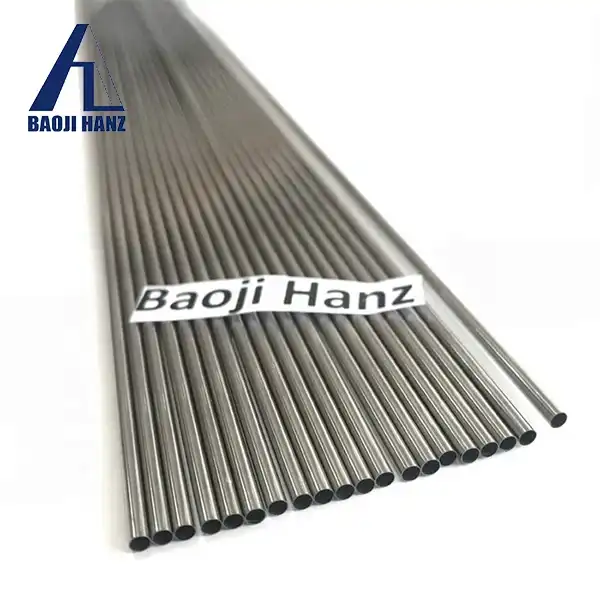
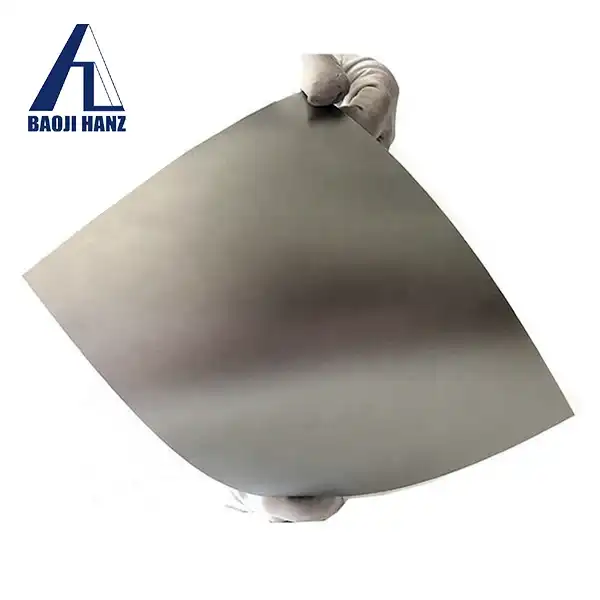
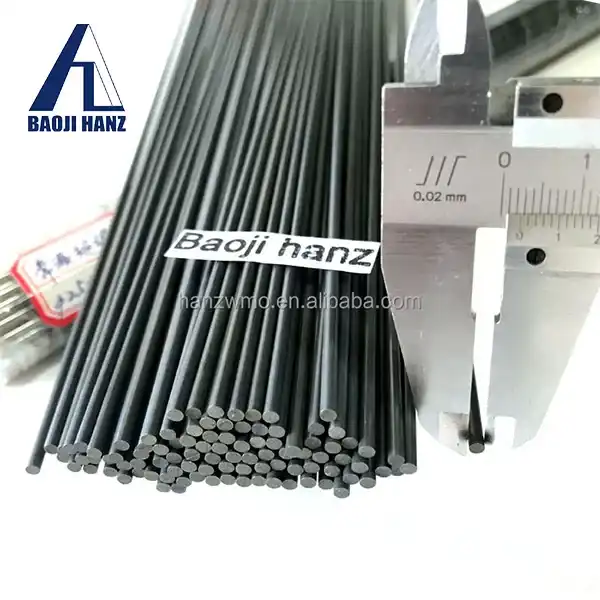
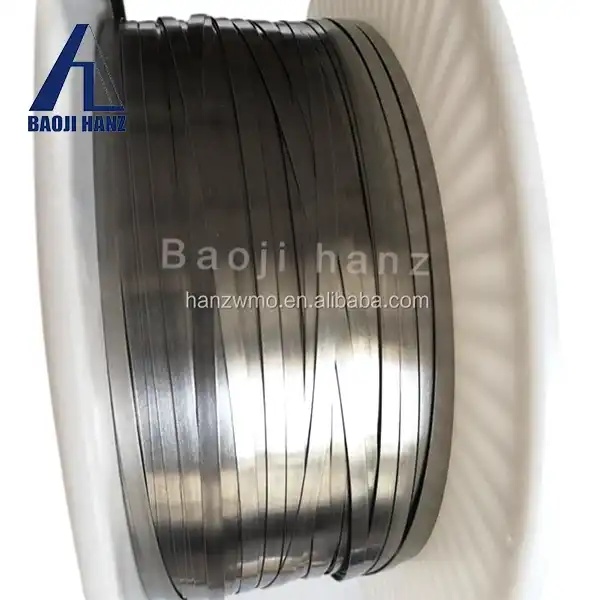
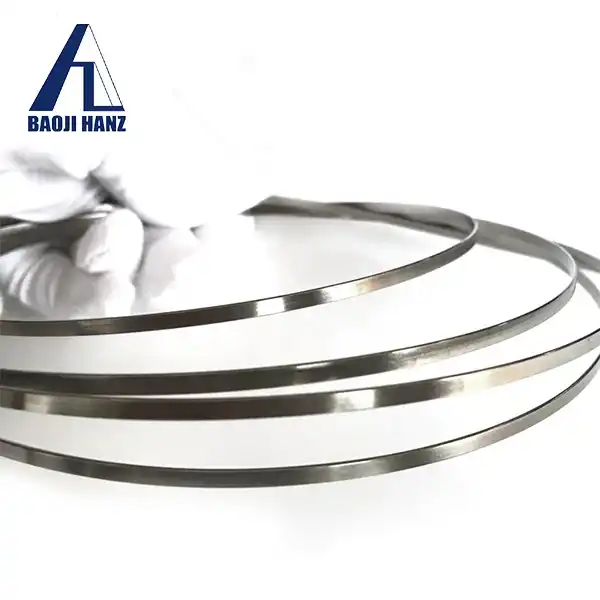
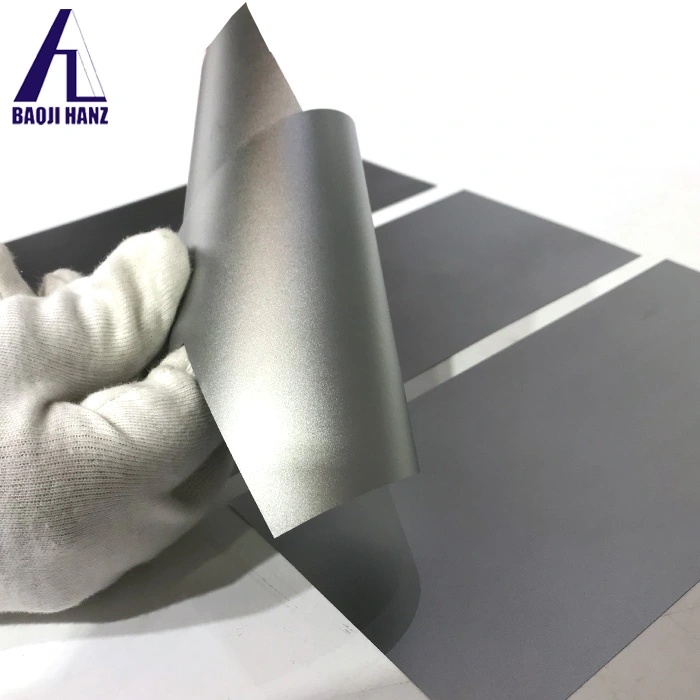
.webp)